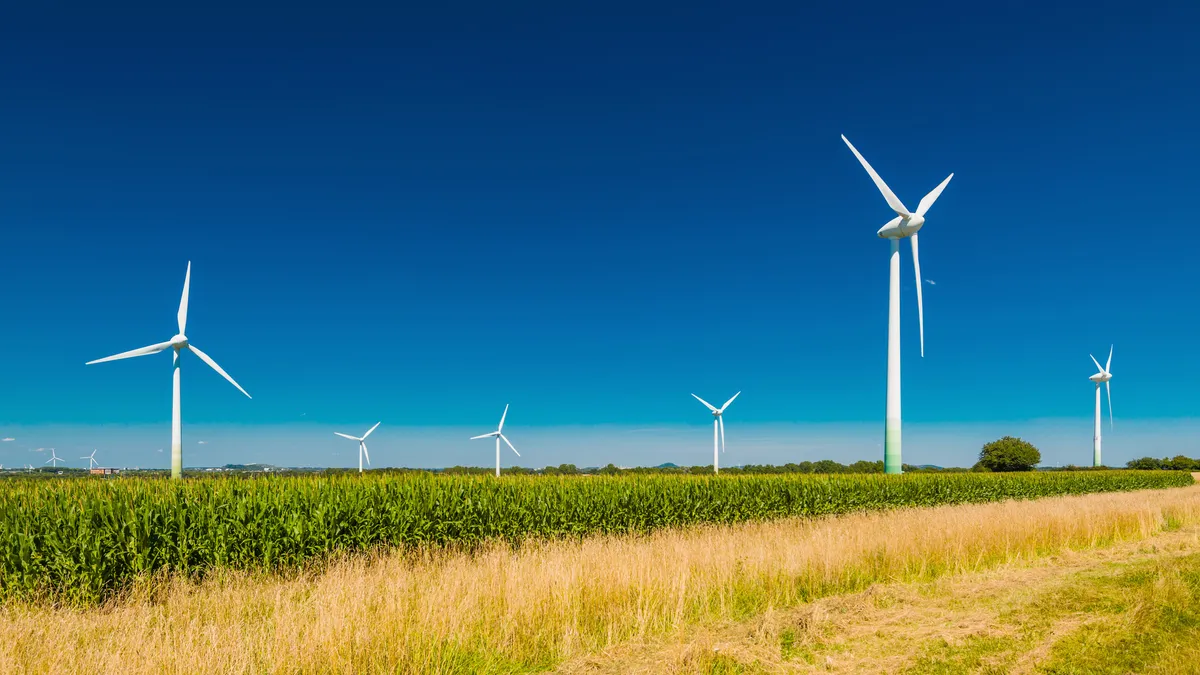Dive Brief:
- The Southwest Power Pool (SPP) 2016 Wind Integration Study concluded the regional transmission operator can reliably manage wind penetration levels of up to 60% with the addition of necessary transmission and system tools. Wind was about 14% of SPP capacity at the end of 2015.
- The study showed the need for already-approved new transmission, further transmission additions, and expedited planning. It also found the need for voltage reactive support capabilities, real-time operations tools, additional flexibility, more solar PV, and increased real-time situational awareness.
- SPP reached a record 38.3% wind penetration on November 4, 2015, and hit a record 9,948 MW of wind on December 19, 2015. The grid operator has 12,380 MW installed wind capacity, will likely reach a 16,960 MW installed wind capacity by the end of 2016, and expects to add at least 2,035 MW more wind in 2017.
Dive Insight:
The new integration study assessed SPP capabilities with wind penetrations of 30%, 45%, and 60%. In addition to the bulk transmission system assessment, it included steady-state thermal and voltage stability analysis, ramping analysis, re-dispatch analysis, and outage analysis.
“SPP operations must ensure that it is prepared for changes that occur in generation output,” the study explains. At least at present, SPP's fossil fuel plants will be critical for integrating wind reliabily.
“SPP currently has a combination of Non-Dispatchable and Dispatchable Variable Energy Resources (NDVER/DVER) installed within the SPP footprint. By maintaining a fleet of NDVERS, it limits available ancillary service capacity and requires thermal resources and DVERs to provide available capacity for ancillary services.”
And while those plants may need to cycle up and down more to accommodate intermittent generation, SPP officials told RTO Insider that their ability to integrate renewables reliably has enhanced over time.
“We’re at those levels where [previous] studies said we would start having issues,” said SPP manager of operations engineering analysis and support Casey Cathey. Forecasting will be key, he added, because “we could have situations where we hit 45% without reliability concerns, but is that for an hour or sustained?”
While fossil plants — especially natural gas-fired ones — are still critical for providing ramping and other grid services, utilities to the West of SPP are already thinking about a grid completely free of fossil fuels. At an energy storage conference earlier this year, an executive from San Diego Gas & Electric told the audience that batteries and other storage technologies could lead to a future with "no more gas turbines."














